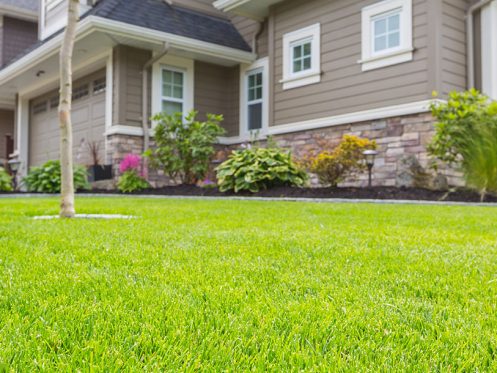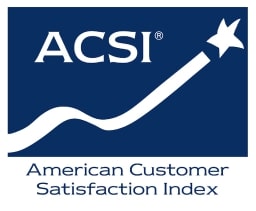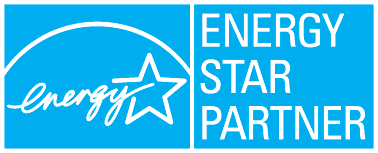Public utility easements allow cooperatives like GVEC to construct, upgrade, repair, and maintain electrical and fiber-communications lines and equipment on private land. The easement concept has been developed for use in projects or infrastructure that contribute in some significant way to the good of a community. It’s important to note that easement holders have no ownership in the property and must follow strict guidelines regarding how an easement can be used. GVEC has a long history of working with easements and coordinating with property owners regarding the procurement and use of utility easements.
Do I Have GVEC Easements on My Property?
If you receive electric or internet service through GVEC, you have Cooperative easements on your property. GVEC is allowed to place both ground-level and underground infrastructure within the area of any easement.
GVEC Easements Must Be Kept Clear!
While it might be tempting to hide electrical equipment with foliage or other coverings, or to use an easement as a spot for a jungle gym or a storage building, doing any of these is dangerous. Moreover, any use of a GVEC easement without coordinating with the Cooperative could potentially prevent us from doing our job. You could also damage equipment that supports electric or internet service to your home or even to the homes of your neighbors.
Any encroachment or obstruction on established easements could create safety hazards, cause or contribute to power outages, damage electrical equipment, complicate repair work, and/or block access to equipment for GVEC personnel. What’s more, you could be held financially and legally liable for any damage you cause to GVEC equipment or any service interruptions caused by that damage.
GVEC Easements and Spring Planting
For many local residents, sprint brings planting season. However, before you start any planting job, it’s important to know where underground utility equipment may be located on your property. This includes not only GVEC’s electrical equipment, but also any infrastructure related to water, gas, telephone and others that may be buried beneath your property. The depth of such structures can vary, so it’s critical to know where any is before starting a project, no matter how big or small.
Call 811 Before Spring Planting—It’s the Law
Texas law requires residents to know where underground utility structures are located before starting any digging project. This information is available by dialing 811. You must call at least two working days before digging—it’s the law. If you don’t call, but start digging anyway, you could be held financially and legally responsible for any damage caused to electrical, water, gas or other utility infrastructure. Additionally, hitting any of these structures could lead to serious injury and or even death! It’s not worth the risk.
Call GVEC for Help Locating Underground Electrical Equipment
For help locating Cooperative-owned underground infrastructure, call GVEC at 800.223.4832. You can also reference GVEC’s easement guidelines at gvec.org. For more information on 811, visit call811.com.



